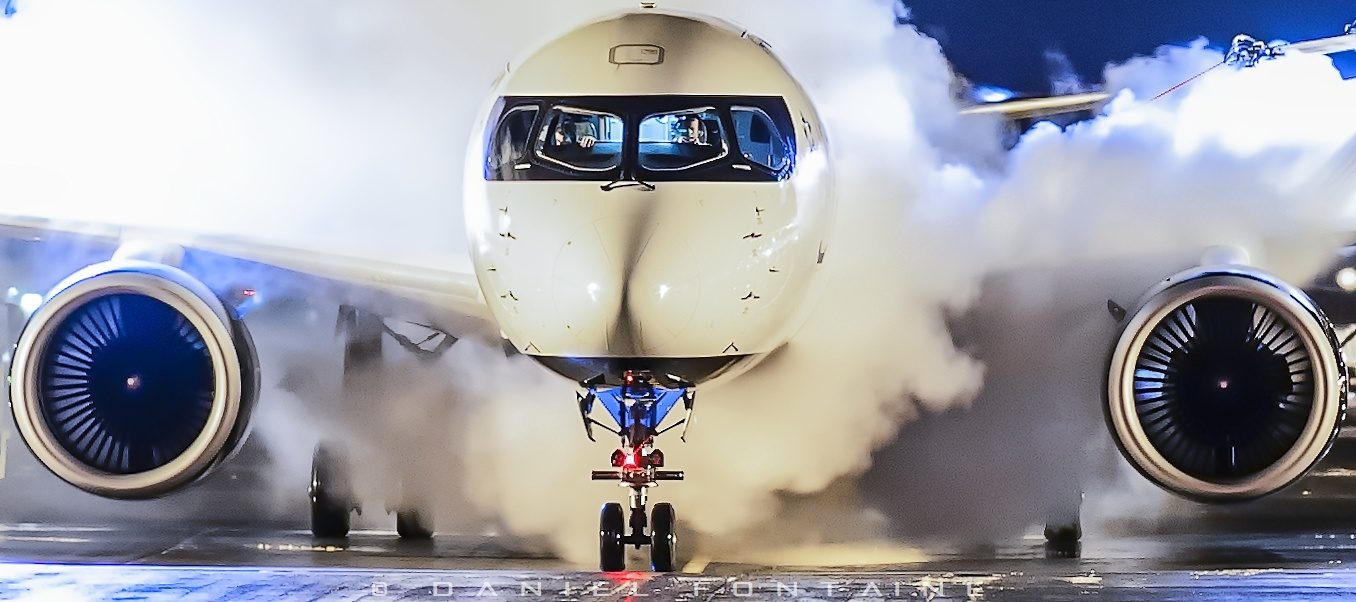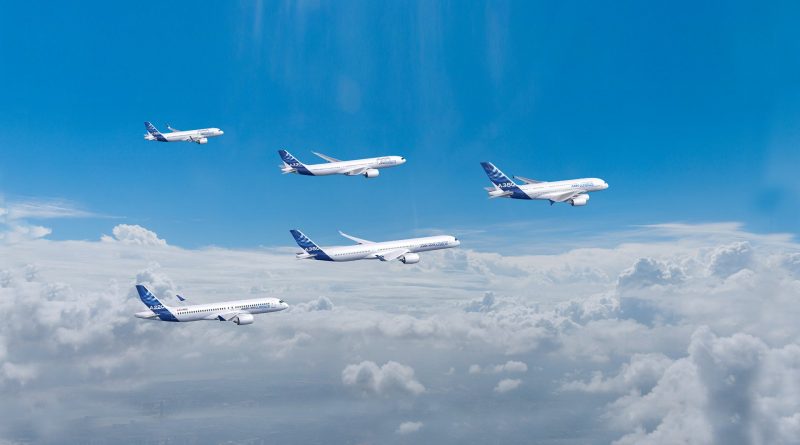Airbus, managing the monopoly
Airbus’s strategy to conquer the airliner market has refined over the past two decades. The arrival of the A321LR and XLR allowed it to take a clear advantage over Boeing in the single-aisle market. Its plan was working before the beginning of the MAX crisis which accelerated the movement in his favor. This unforeseen event means that Airbus finds itself in a monopoly position in the airliner market.
While it is conceivable that the 737MAX will return to service, it will still take a long time. Even after returning to flight, the 737MAX will never achieve the expected success. The European giant must suddenly learn to deal with the fact that it is almost alone in the single aisle market.
The CAE example
In the aeronautics sector, CAE is the perfect example of a company that has managed its monopoly situation with success for decades. CAE’s success rests on two simple principles: always manage according to the mission and make sure That customers are satified.
All the decisions that CAE takes must enable it to better fulfill its mission. If an investment or rationalization project takes it away from its mission, it is rejected.
CAE CEO’s, Mr Marc Parent, is always reminding to his employees: “We must not only satisfy our customers, we must delight them”. This concern for customer satisfaction allows CAE to compensate for the lack of competition.
Even today, CAE has 75% of the flight simulator market. It has pilot training partnership agreements with more airlines than anyone else. Even giants like Airbus and Boeing are having a hard time taking customers away from it.
Airbus has every interest in learning from CAE quickly.
Delivering is a must
According to its website, Customer Orientation is one of the six core values that define Airbus. The paradigm shift caused by the MAX crisis should not remove the company from this value. It is very difficult to satisfy customers if the planes are not delivered on time. Execution is the biggest problem facing Airbus at the moment.
Airbus’s priority should be to increase production rates for the A320neo, A321neo, as well as the A321LR and XLR. Currently, the rate for this family of aircraft is around 56 units per month. Airbus aims to reach 63 deliveries per month in 2021. Taking into account the vacuum left by the pause of MAX deliveries, this is clearly not enough to meet market needs. The MAX crisis is an exceptional situation that creates unique opportunities. In these circumstances, it becomes important to be exceptionally daring, imaginative and creative.
Several airlines are both Airbus and Boeing customers. By increasing the production rate of its single aisle faster, Airbus would give a big hand to its customers who have MAX orders. Even if it returns to service in 2021, not all passengers will want to board a MAX, Airbus aircraft must be there to replace them.
Ramping up production at the Mobile plant should be a top priority; US Airlines will desperately need single aisle aircraft for many years to come.
Be aware of profitability at all costs
Airbus is continuously seeking to improve its profitability and this is a normal and justified approach. But quality and reliability should not be contingent on profitability. All companies in the aeronautical sector are at risk and must be aware of the danger in order to avoid it better.
It is the race for profit that made Boeing deviate from its core business : Boeing had three major workforce rationalization programs to be more productive. Each time, the highest paid and longest-serving employees were cut. The most competent and experienced engineers have left. The result is that Boeing has divested much of its core competence in aircraft design.
If Airbus wants to stay first far ahead of Boeing, it must continue to develop new aircraft that meet the needs of its customers.
Conclusion
For Airbus, the fundamentals have not changed since the beginning of the MAX crisis: the aircraft manufacturer has the right aircraft programs but is struggling to produce enough. Achieving rapid production ramp up while maintaining quality is the challenge for Airbus.
>>> Follow us on Facebook and Twitter

